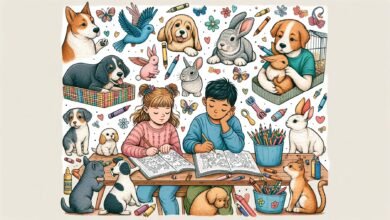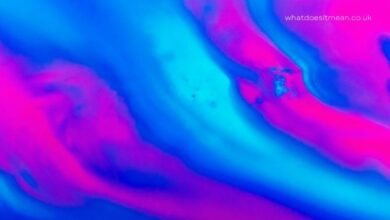
What Does Blue and Green Make
Are you attempting to create a green and blue color scheme for an art project? Perhaps you are painting or creating artwork that necessitates the use of these two hues in combination.
If you’ve ever wondered, “What does blue and green make?” then this article might assist you in finding the answers.
Today, we’ll study more about the notion of color mixing as well as the step-by-step procedure for accomplishing it.
You may find out more by continuing to read…
It’s possible that you’re aware that green is a mixture of two other colors: yellow and blue. So what happens when you combine the colors green and blue, you might wonder.
Let’s get started…
Colors that are primary
We must first review the fundamentals of color theory in order to properly comprehend what new hue may be created when green and blue are mixed.
Understanding fundamental colors is the first step in mastering the art of color mixing. The primary hues of the color wheel are red, blue, and yellow, and they are represented by the three circles on the color wheel.
It’s possible that your primary school instructor informed you that you couldn’t blend any additional colors to make basic colors.
Due to the fact that primary colors may be created by combining secondary and tertiary colors using a different color theory than the RGB Model, this assumption is not valid.
For example, when you combine magenta with yellow, you get red. It is just necessary to mix magenta and cyan to obtain a blue color.
Finally, in order to get yellow, you must combine red and green.
Colors that are used as a secondary accent
Now that you’ve learned how to generate primary colors let’s move on to secondary colors, including orange, green, and violet.
Each of these three hues is the result of combining basic colors. These colors are located between the primary colors derived from the color wheel.
This means that orange is located between yellow and red, followed by green, which is located between yellow and blue, and violet, which is located between red and blue.
Secondary colors are just as significant as primary colors because they may be utilized to generate the following set of tertiary colors, as vital as primary colors.
Colors in the Tertiary Spectrum
Tertiary colors are generated by blending equal amounts of primary and secondary colors. They are formed by mixing equal amounts of primary and secondary colors.
It is possible to distinguish six primary tertiary colors: red-orange, yellow-orange, yellow-green, blue-green, blue-violet, and red-violet. There are also other secondary colors.
In the color wheel, tertiary or intermediate colors fall between primary and secondary hues in the spectrum.
Analogous colors are those that are complementary to one another and complement one another’s appearance.
Painters employ analogous hues to create a subtle difference between two colors and highlight a specific color in each painting.
What does green and blue make?
Now that you have a better understanding of the many hues on the color wheel, you might wonder green + blue = what color.
The answer is the color cyan.
Cyan is one of the colors in the CMYK color model, which stands for cyan, magenta, yellow, and black or key. When printing in 4-color process printing or full-color printing, this model comprises the ink on the press.
The color cyan, sometimes known as aqua, looks to be a lighter hue of blue. In this design, the cool hues, blue and green, contribute to the overall feeling of lightness.
Cyan is also a component of the RGB color model (seen above), which comprises red, green, and blue. What distinguishes them from one another is how they look at different types of materials.
CMYK is a color management system commonly used in printing procedures, particularly when printing colors on white paper.
For digital displays, such as those used in LCD monitors, digital cameras, and scanners, on the other hand, the cyan hue created by the RGB color model is employed.
When all RGB colors are combined, the outcome is pure white. In CMYK, on the other hand, mixing all hues will result in the color black.
This is also why RGB is typically referred to as an addictive form of color, whereas CMYK is referred to as a subtractive type of color.
Conclusion
What do green and blue make? When you look at the color that green and blue produce when combined, you can see how many different hues interact.
Cyan is produced as a result of the combination of these two colors, but when various amounts of green and blue are combined, a new color is created.
Understanding this knowledge is beneficial when you are involved in the creative arts. Because cyan is a pleasant hue to experiment with, you may use it for any other project, such as a painting, where you want to express yourself.



